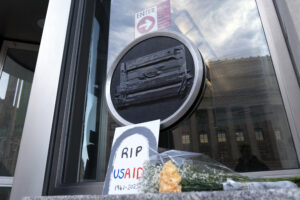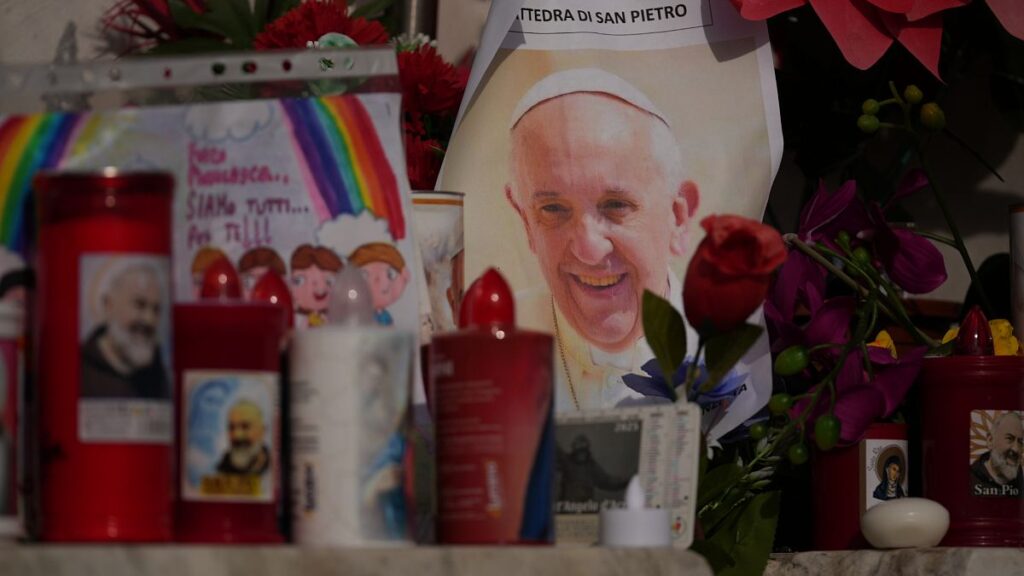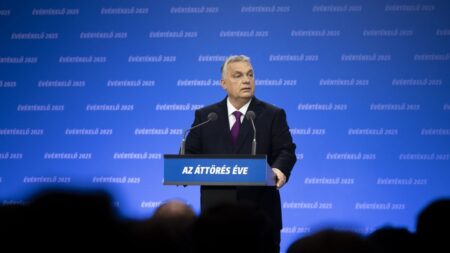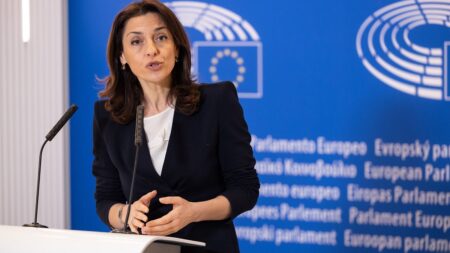The leader of the Catholic Church, who has chronic lung disease and is prone to respiratory illness in winter, was admitted to Rome’s Gemelli Hospital on 14 February after a weeklong bout of bronchitis worsened.
Pope Francis is conscious and still receiving high flows of supplemental oxygen following a respiratory crisis and blood transfusions as he remains in critical condition with a complex lung infection, the Vatican has said.
“The night passed quietly, the pope rested,” the Holy See spokesperson Matteo Bruni said in a statement.
Further clinical tests were being performed on the 88-year-old pontiff who had part of one lung removed as a young man.
On Saturday, Pope Francis suffered a prolonged asthmatic respiratory crisis that required “high flows” of oxygen to help him breathe through a nasal tube.
He also received blood transfusions after tests showed low counts of platelets, which are needed for clotting, the Vatican said.
Doctors said that his prognosis was “reserved”.
Doctors have said Pope Francis’ condition is touch-and-go, given his age, fragility and pre-existing lung disease.
His condition has revived speculation about what might happen if he becomes unconscious or otherwise incapacitated and whether he might resign.
Prayers at the Vatican
Pope Francis was supposed to have celebrated Mass on Sunday morning in St Peter’s Basilica and ordained deacons as part of the Vatican’s yearlong Holy Year commemoration.
The organiser of the Holy Year, Archbishop Rino Fisichella, celebrated the Mass in his place and offered a special prayer for the Pope from the altar before delivering the homily the pontiff had prepared.
“Even though he is in a hospital bed, we feel Pope Francis close to us, we feel him present among us,” Fisichella told the hundreds of assembled deacons.
A pre-written message that Pope Francis had prepared for his Sunday noon prayer said he was “confidently continuing my hospitalisation at the Gemelli Hospital, carrying on with the necessary treatment; and rest is also part of the therapy.”
His message also noted the upcoming third anniversary of Russia’s full-scale invasion of Ukraine, calling it “a painful and shameful occasion for the whole of humanity.”
The threat of sepsis
Doctors have warned that the main threat facing Pope Francis is the onset of sepsis, a serious infection of the blood that can occur as a complication of pneumonia.
As of Friday, there was no evidence of any sepsis and Francis was responding to the various drugs he is taking, the pope’s medical team said in their first in-depth update on his condition.
Blood tests carried out on Saturday showed that he had developed a low platelet count, a condition called platelopenia or thrombocytopenia.
Platelets are cell-like fragments that circulate in the blood and help form blood clots to stop bleeding or help wounds heal.
Low platelet counts can be caused by a number of things, including side effects from medicines or infections, according to the US National Institutes of Health.
Pope Francis, who has chronic lung disease and is prone to bronchitis in winter, was admitted to Gemelli hospital on 14 February after a weeklong bout of bronchitis worsened.
Doctors first diagnosed a complex viral, bacterial and fungal respiratory tract infection and then the onset of pneumonia in both lungs.
They prescribed “absolute rest” and a combination of cortisone and antibiotics, along with supplemental oxygen when needed.
Read the full article here

















